Soylent has enjoyed incredible popularity, but considering the controversy in recent years around this meal replacement drink, many consumers pose the question: Is Soylent healthy?
To find out, I have teamed up with a medical doctor who specializes in human metabolism, and we analyzed the ingredients in Soylent. We concluded that Soylent is not a healthy product, mainly due to the following ingredients:
- Maltodextrin
- Soy Protein Isolate
- Sucralose
- Synthetic vitamins
The good news is there are plenty of healthier options available, such as these healthy vegan meal replacement shakes.
What is Soylent?
Originally pioneered by Rob Rhinehart, Soylent, conceptually, is the idea that one can make nutrition simple, cost-effective, and comprehensive.
In practice, Soylent is a meal replacement drink that asks “What if you never had to worry about food again?” and has become a successful Silicon Valley business that manufactures an All-You-Need nutritional shake.
It’s hard to maintain a healthy diet. Everyone eats, but everyone feels like they could be eating better. If you’ve ever wasted time and energy trying to decide what to eat for lunch, or have been too busy to eat a proper meal – Soylent is for you.
Soylent
From its inception, the founders of Soylent released the product as an “open source” formula, and thousands of people began experimenting with customized versions aimed to cover their specific nutritional needs.
To date, there are over 8,000 custom formulas, spelled with a lower case, “soylent,” to differentiate them from the original.
However, the sheer number of soylent variations that promise innovative nutrition blurs the authenticity of the product from a conceptual standpoint, and turns its consumption into a complex problem; which results in consumers finding it increasingly difficult to recognize what is safe to it.
Nevertheless, both the soylent DIYers and users of the precise formula subscribe to a few general conceptual guidelines on which the entire product is based. A typical serving of Soylent contains:
- ~20 grams of fat,
- 35 to 40 grams of carbohydrates,
- ~20 grams of protein, and
- Vitamins and various other micronutrients.
Soylent Ingredients
Soylent includes a balanced mix of protein, fat, and carbohydrates with too much added sugar in my opinion. A bottle of Soylent Original contains 9 grams of added sugar.
Looking at the label, Soylent contains the following sources of protein, fat, and carbs:
- Protein sources: Soy Protein Isolate
- Fat sources: High Oleic Algal Oil, Canola Oil, Soy Lecithin
- Carbohydrates sources: Maltodextrin, Isomaltulose, Rice Starch, Oat Fiber, Isomaltooligosaccharide, Gellan Gum
Other Ingredients: Filtered Water, Natural & Artificial Flavors, Salt
Vitamin Blend
Soylent has a complete and potent blend of vitamins. Each bottle delivers 20% of the recommended daily amount (RDA) of vitamins.
Paleo compatibility score
Soylent contains some ingredients that are not Paleo-compatible, including:
- Soy protein
- Canola Oil and Soy Lecithin
- Maltodextrin, Isomaltulose, Rice Starch, Oat Fiber, Isomaltooligosaccharide, Gellan Gum
Despite what the food industry wants to make you believe, soy is not healthy food. It contains lectins that negatively influence your body’s leptin sensitivity.
That, in turn, confuses your body’s hunger and energy expenditure signals. PaleoLeap has an excellent article about the disadvantages of soy.
Also, nearly all of Soylent’s sources of carbs are Paleo-incompatible.
Soylent Pricing
Soylent is relatively inexpensive because its ingredients are inexpensive. Soy is one of the cheapest sources of protein, and it is comparatively simple to process.
The Original 400-calorie formula of Soylent costs $2.66 per bottle. The Café, Strawberry and Cacao flavors cost $3.09 per bottle, regardless of how many bottles you order, and seven pouches of the Soylent powder cost $60.80. If you subscribe, you get an additional 5% off.
Soylent Review
Here is an overview of many of the Soylent products I’ve tried, followed by a detailed ingredient analysis.
Soylent – Drink
- Ready to drink
- Available in three different flavors (Original, Strawberry, Cacao)
Nutrients in Soylent Drink
| Nutritional Info | |
|---|---|
| Calories | 400 |
| Protein | 20g |
| Fat | 21g |
| Carbohydrates | 36g |
| Sugar | 9g |
| Irritating ingredients | Soy, Sucralose |
| Cost per 100kcal | $0.81 |
Soylent – Café
- Ready to drink
- Available in three different flavors (Coffiest, Vanilla, Chai)
Nutrients in Soylent Café
| Nutritional Info | |
|---|---|
| Calories | 400 |
| Protein | 20g |
| Fat | 21g |
| Carbohydrates | 36g |
| Sugar | 9g |
| Irritating ingredients | Soy, Sucralose, Canola Oil |
| Cost per 100kcal | $0.81 |
Soylent – Powder
- Available as pouches (5 servings each) or a tub
- Available in two different flavors (Original, Cacao)
Nutrients in Soylent Powder
| Nutritional Info | |
|---|---|
| Calories | 400 |
| Protein | 20g |
| Fat | 21g |
| Carbohydrates | 36g |
| Sugar | 9g |
| Irritating ingredients | Soy, Sucralose, Canola Oil |
| Cost per 100kcal | $0.43 |
Is Soylent Healthy?
A typical soylent ingredient list will read like this: Water, Maltodextrin, Rice Starch, Soy Protein Isolate, High Oleic Algae Oil, Canola Oil, Isomaltulose, Isomaltooligosaccharide, Oat Fiber, and Soy Lecithin, followed by several emulsifiers, various vitamins, and minerals such as potassium chloride, zinc sulfate, and thiamine hydrochloride.
Soylent has been recalled four times in the past 18 months.
Unfortunately, regulators have raised concerns about the safety of these products following reports of vomiting, diarrhea, and various other digestive issues amongst users.
Ultimately, this led to Meow Global Networks, Inc, the manufacturer of Soylent, pulling the product from shelves on repeated occasions.
After several rounds of testing, laboratories determined that no pathogens or external toxins had been consumed by the sickened individuals and that, algae, one of the main components of the soylent formula, had been to blame.
Most alarming perhaps is the fact that Meow Global Networks has recalled its product four times in the past 18 months.
Soylent Ingredient Analysis
So let us take a closer look at the main components of this complex formula and try to ascertain their relative safety:
Maltodextrin
Maltodextrin is an artificial white powder that acts as a thickener in many processed foods. Although manufacturers enzymatically derive Maltodextrin from various natural starches, as a finished product, Maltodextrin is highly processed.
Additionally, Maltodextrin has a relatively high glycemic index which means that it can easily cause blood sugar levels to spike after its consumption.
Additionally, manufacturers often derive Maltodextrin from genetically modified starches which have been linked to various diseases such as Alzheimer’s, cancer, and antibiotic resistance.
Soy Protein Isolate
Soy protein isolate (SPI) is a highly refined form of soy protein that is made from defatted soy flour.
Food manufacturers use soy protein isolate to improve the texture and mouthfeel of various products; in the case of soylent variants, soy protein isolates functions as an emulsifier and as a source of protein.
However, concern has been raised about the elevated levels of Isoflavone compounds found in soy protein isolates.
Isoflavones are naturally occurring plant phytoestrogens that act in a strikingly similar fashion to human estrogens; incidentally, some hormone-dependent diseases are substantially affected by elevated isoflavone levels.
Additionally, there is evidence to suggest that variations in gastric pH levels due to an inhibitory effect caused by the ingestion of soy protein isolates, cause zinc deficiency.
Sucralose
Soylent and the various soylent variants are marketed as healthy products, in line with dietary guidelines and aimed at improving body functions. However, most of these products contain inordinate amounts of added sugars.
Sucralose is an artificial, non-nutritive sweetener used widely by the food industry mainly for its cheap cost.
Although considered safe for human consumption, several studies have suggested that sucralose consumption can affect both glycemic and hormonal responses in otherwise healthy but obese individuals.
I wrote a full article on the dangers of artificial sweeteners if you’d like to take a deep dive into just how bad these products are for your body.
Synthetic Vitamins
Rounding out the ingredient list of every variation of soylent is a plethora of vitamins and minerals, many of which are synthetic in nature. Manganese sulfate, Dl-alpha-tocopheryl acetate, sodium selenite, are just a few of the many compounds found in soylent products that have been associated with severe adverse side effects.
Because soylent formulation is not regulated by the FDA, and because DIY has become such an essential part of the soylent agenda, it is easy to end up ingesting dangerous levels of some of these substances, ultimately leading to hypervitaminosis and intoxication.
Soylent Review – Final Words
Ideologically, Soylent is a good idea but, unfortunately, its inventors executed the idea poorly by using unhealthy ingredients to keep manufacturing costs at a minimum. As a result, we have to conclude that Soylent is not a healthy product based on its ingredients.
The good news is that the invention of Soylent and the push of consumers for healthier ingredients has sparked a whole industry of healthy meal replacement drinks, meal delivery services and more.
My recommendation is to steer clear of Soylent and, instead, look for healthier options, such as Ample, Super Body Fuel or Ambronite.

Michael Kummer is a healthy living enthusiast and CrossFit athlete whose goal is to help people achieve optimal health by bridging the gap between ancestral living and the demands of modern society.
Medical Disclaimer
The information shared on this blog is for educational purposes only, is not a substitute for the advice of medical doctors or registered dieticians (which we are not) and should not be used to prevent, diagnose, or treat any condition. Consult with a physician before starting a fitness regimen, adding supplements to your diet, or making other changes that may affect your medications, treatment plan or overall health. MichaelKummer.com and its owner MK Media Group, LLC are not liable for how you use and implement the information shared here, which is based on the opinions of the authors formed after engaging in personal use and research. We recommend products, services, or programs and are sometimes compensated for doing so as affiliates. Please read our Terms and Conditions for further information, including our privacy policy.

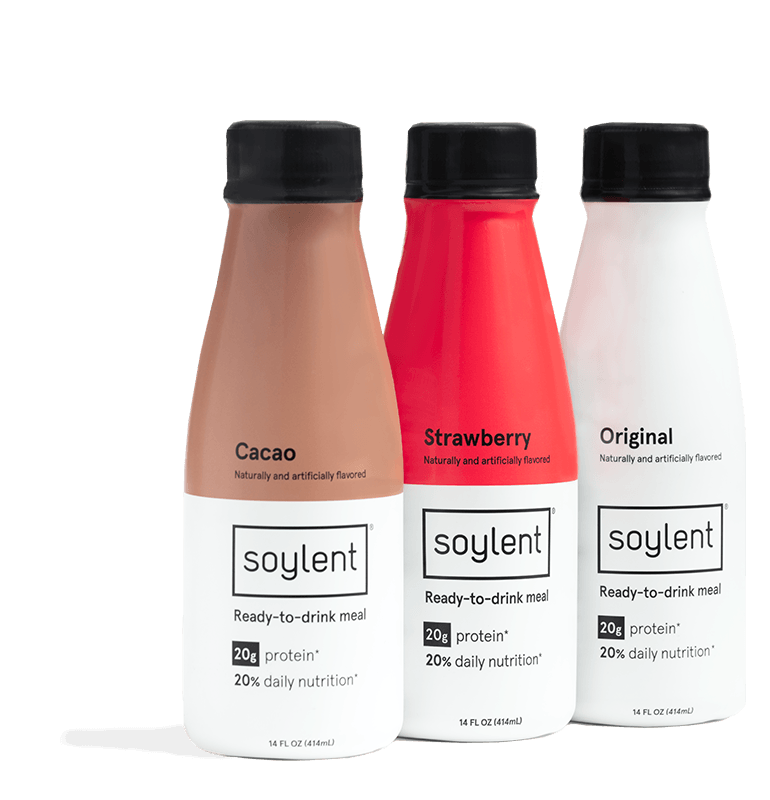
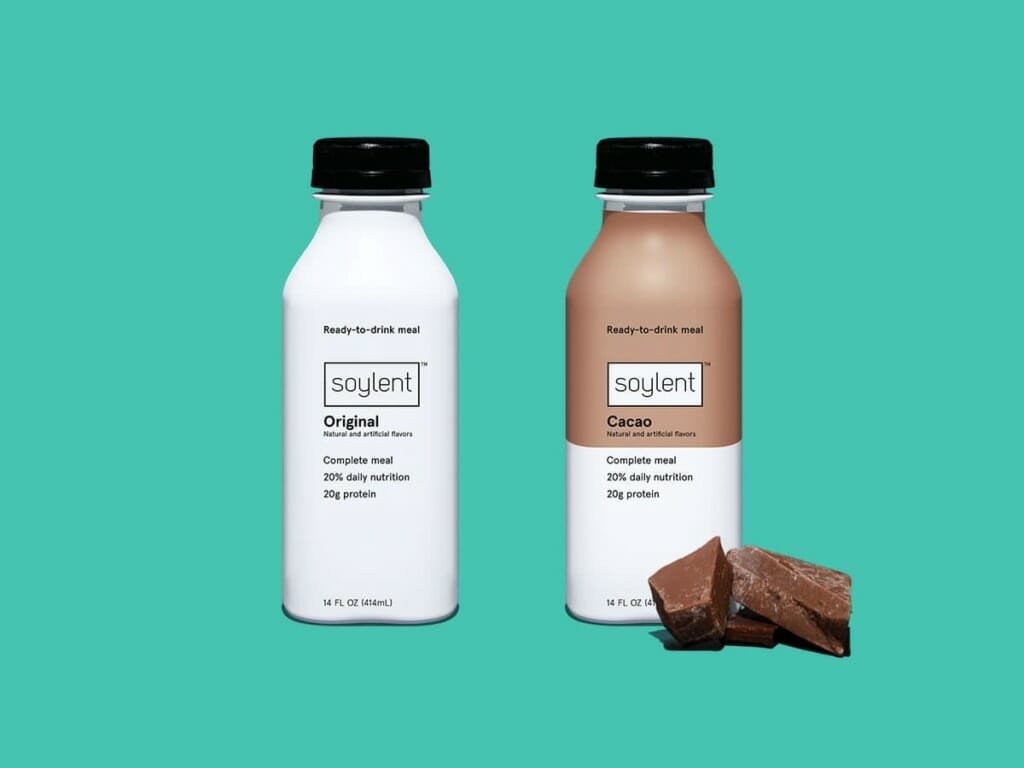
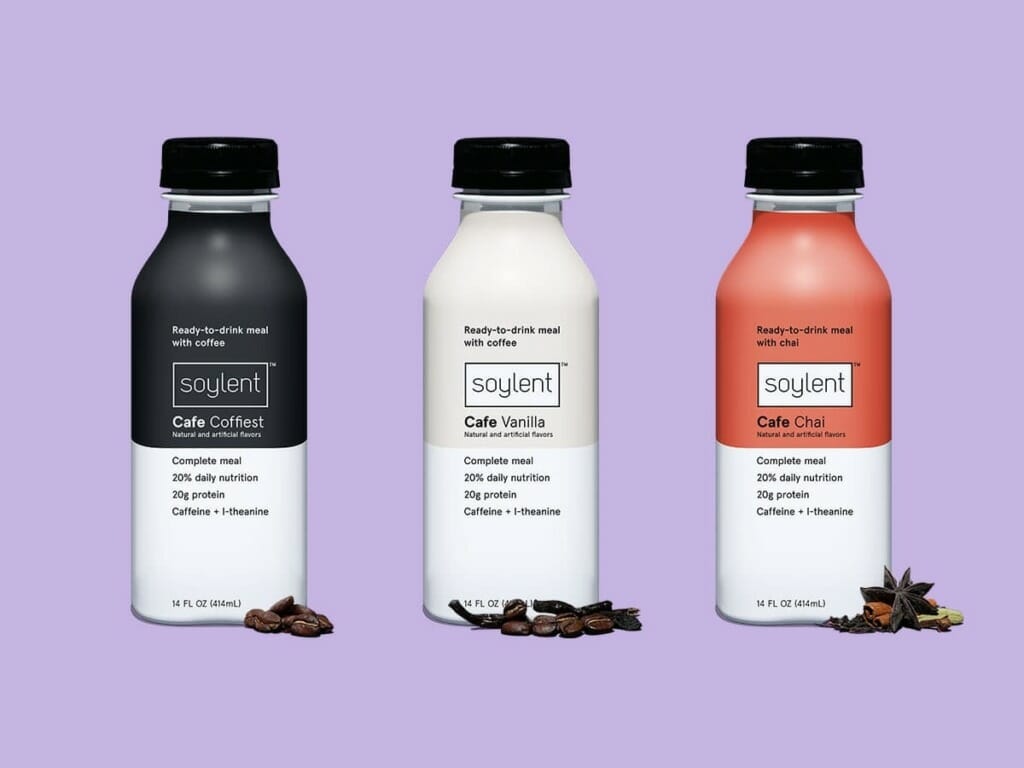
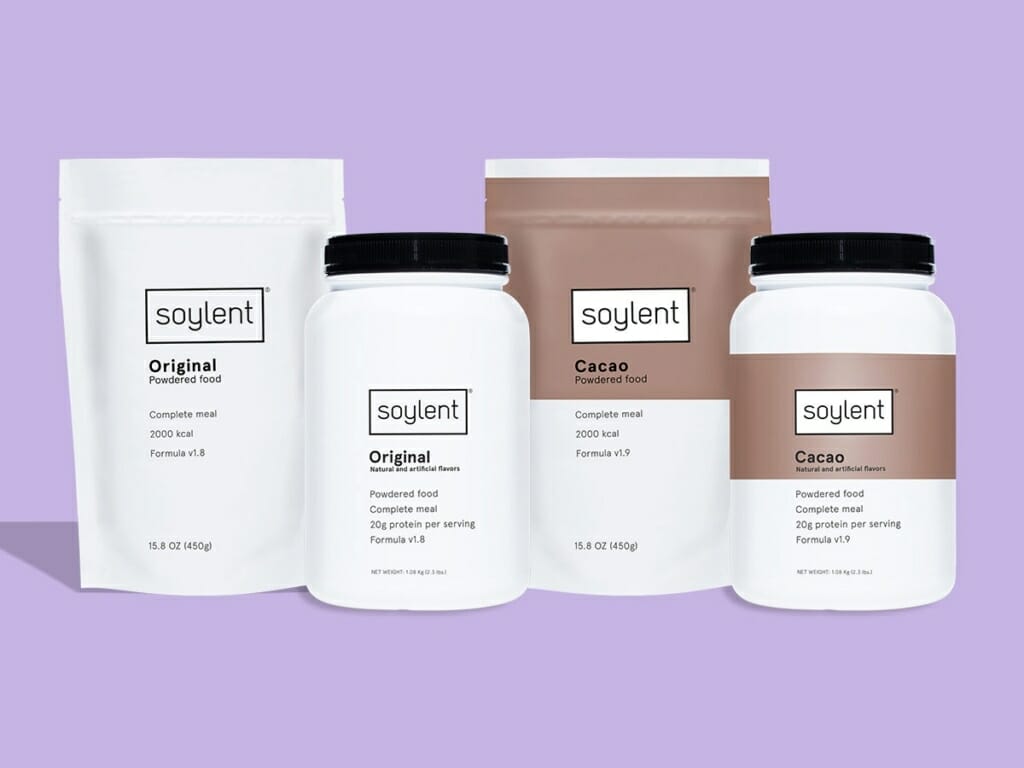
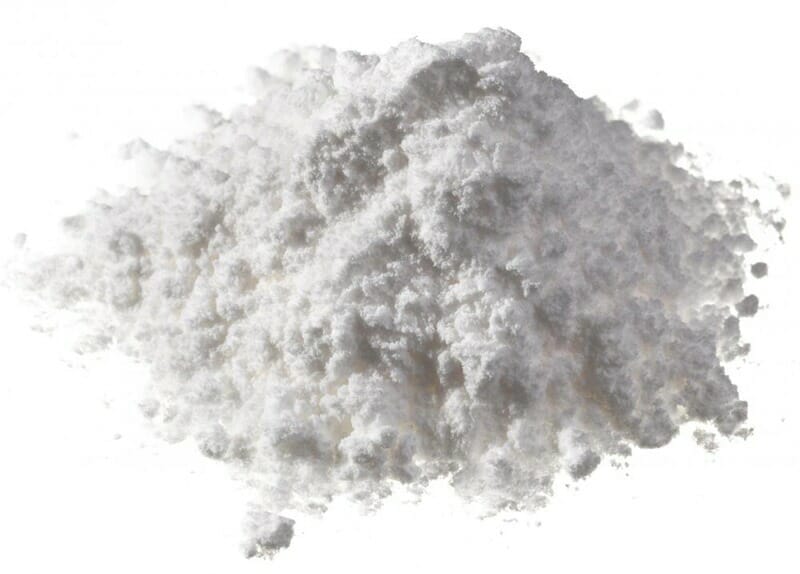


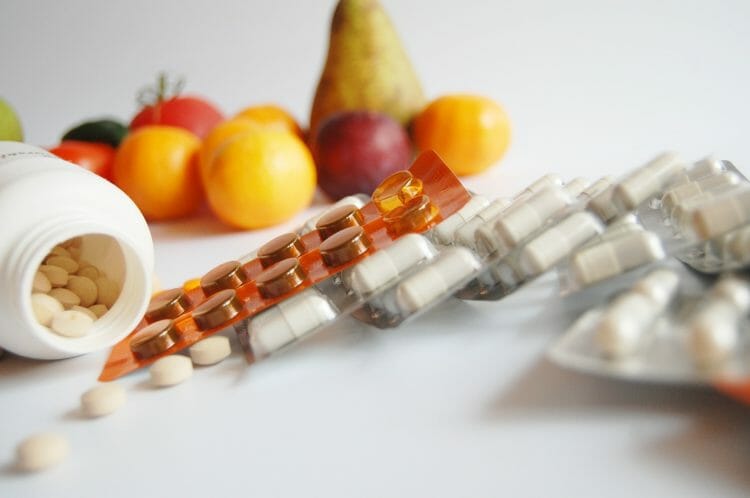

“otherwise healthy but obese individuals.”
That is like saying otherwise healthy but with terminal cancer or some other chronic and deadly medical condition.
An obese person, by definition, cannot be healthy: their bones, muscles, internal organs, endocrine system, cardiovascular system, etc, are all compromised and should be treated immediately at their core cause (in most cases, lifestyle choices, but rarely in others, particular medical conditions). Focusing on the fears of soy, but disregarding the severe medical condition that is obesity shows a real bias that is to be disregarded: it is better to eat soy, artificial sweeteners, and cheap ingredients, and smoke tobacco than to be obese, at least, as far as cancer, heart disease, and longevity are concerned.
(That is the medical fact, and can be verified by looking at all the actual data, rather than looking at minor concerns of soy protein isolate. I am not a fan or regular user of any meal replacement product or protein supplement. I was obese and am not anymore.)
Temperance isn’t an American virtue. Soylent is one of many products that require wisdom and moderation before consumption.
I think as the occasional meal replacement for some this is probably fine. However, 400 calories is similar to consuming a Mcdonald’s Big Mac.
I have used this product off and on for short periods of time. It’s convenient, yet but I don’t try to convince myself that it is the healthiest option, just an alternative to a poorer decision like fast food.
I’m apprehensive to believe an “All-You-Need” fix will ever exist. That’s a marketing strategy not proper nutrition. Your relationship to food needs to address before you can solve “why” you are too busy to make a healthy decision.
Hey Jesse,
What do you consider a poorer option to highly-processed sludge containing soy and artificial sweeteners?
The name “Soylent” in and of itself sends me running in the opposite direction. Why you may ask. I refer you to the 1973 movie, “Soylent Green” starring Charlton Heston and Edward G. Robinson. The movie is set in 2022 New York where mass shortages, runaway inflation, disasters related to climate change and a powerful elite walling themselves off from an angry divided, desperate people.
If this doesn’t give you pause, watch the movie. Future proves the past!
To be fair, their original goal was the most “efficient” meal replacement, so as focus on perfecting the health profile increases, so do costs. I’ve been following them from almost day one, and trying to solve world hunger was certainly in their minds. It’s certainly not perfect, but if your trying to solve for an entire human denominator – it’s a pretty good attempt.
Hi Jerry,
I hear you but I believe that feeding the world with crap food doesn’t really help anyone in the long run. You could make the same argument with fast food.
Cheers,
Michael